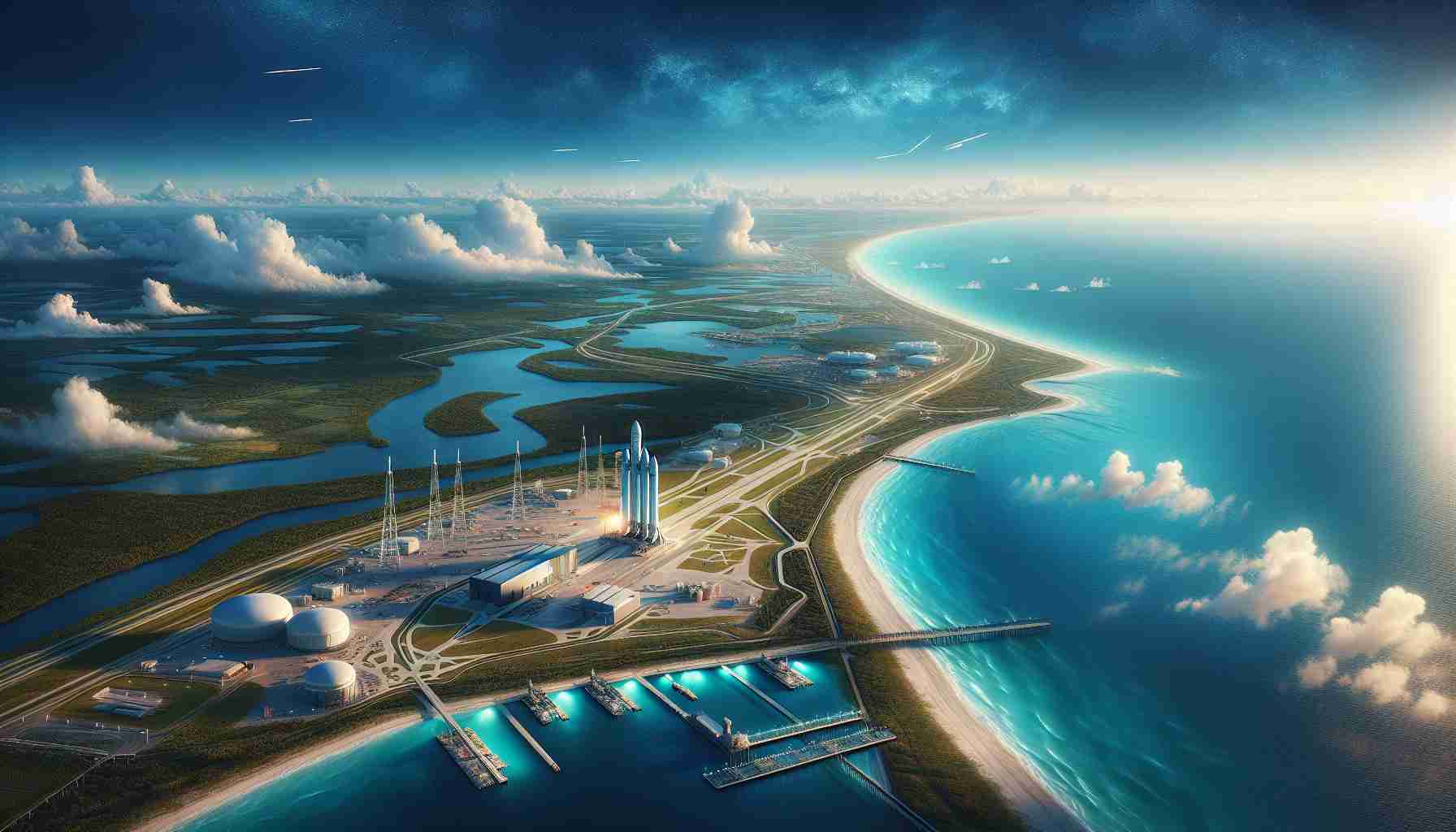
The Space Coast in Florida is witnessing an unprecedented surge in rocket launches, with projections suggesting even greater expansion in the coming years. NASA’s Kennedy Space Center (KSC) and Cape Canaveral Space Force Station are nearing a historical milestone, nearing their annual record of 72 orbital launches, with a Falcon 9 rocket launch scheduled soon for a Starlink mission.
With the current trajectory, experts anticipate that this achievement will be surpassed, possibly reaching as high as 100 launches before the year’s end. Three years ago, just over 30 launches were recorded, but the launch rate has seen exponential growth, now climbing to 72 launches this year alone. Much of this increase is thanks to SpaceX’s Starlink missions, which have become routine in recent operations.
However, this rapid pace also presents challenges. KSC’s Director expressed concern that the accelerating launch frequency might outstrip existing resources, which were originally designed for fewer operations. This unprecedented demand has raised questions about the capacity of facilities established decades ago.
Additionally, industry leaders from organizations like Space Florida emphasize the exponential growth in the space industry and highlight the collaboration among various stakeholders, including private firms and governmental space agencies. As Florida solidifies its position as a leading hub for space exploration, anticipation is building for what the next decade will hold for the state’s aerospace endeavors.
Florida’s Space Coast is on the precipice of exceptional technological advancement and economic growth, primarily driven by an upsurge in rocket launches. Recent developments in the aerospace industry, combined with significant federal investment, are reshaping the landscape of space exploration in the region. As private companies like SpaceX, Blue Origin, and others enter the fray, the prospect of a vibrant commercial space economy becomes more tangible.
One of the most pressing questions facing the Space Coast is: What is driving the current growth in launches? A combination of factors, including increased demand for satellite deployments, advancements in technology lowering costs, and a growing interest in space tourism, are propelling the launch cadence. The recent renewed focus on lunar missions by NASA and the potential for Mars exploration also add to the excitement, drawing more private investment to the area.
Another key question pertains to the impact on the local community: How will this growth affect residents and the environment? While the influx of jobs and investment is an advantage, concerns regarding noise, traffic congestion, and the environmental footprint of increased rocket launches persist. Balancing these community impacts with the promises of job creation remains a crucial challenge for policymakers.
Despite the optimistic outlook, several challenges and controversies are emerging:
1. Infrastructure Strain: With launch schedules becoming more frequent, the existing infrastructure may struggle to support the increased volume. Upgrades to roads, utilities, and emergency response capabilities will be necessary to accommodate this growth.
2. Environmental Concerns: Rocket launches produce emissions and can have significant effects on local wildlife and ecosystems. This has led to discussions about regulations and best practices to ensure environmental safeguards are in place.
3. Land Use Conflicts: As interest in rocket launches increases, there are competing interests for land use, including conservation efforts and residential developments. Finding a balance that supports both economic growth and environmental protection will be challenging.
Advantages of the current growth trajectory include:
– Economic opportunities: New jobs in engineering, manufacturing, and support services are becoming available, which can significantly benefit the local economy.
– Technological innovation: Increased competition among private companies fosters innovation, potentially leading to breakthroughs in space technology that can be leveraged for other industries.
– Strategic partnerships: Collaborative efforts between private firms and government agencies can enhance capabilities, enabling more ambitious space endeavors.
However, there are also disadvantages:
– Pressure on local resources: Rapid growth may strain local services such as public transportation, healthcare, and education, potentially leading to a decline in quality of life for residents.
– Public safety concerns: An increase in the frequency of launches raises valid concerns about the safety of residents and workers, especially in the event of launch failures.
– Sustainability challenges: The environmental impact of increased rocket launches requires careful management and oversight to ensure that local ecosystems are protected.
As the Space Coast continues undergoing this transformation, the balance between growth and sustainability will be paramount. The region’s aspirations in space exploration are not just about rocket launches but also about creating a model for how humanity can expand its presence in space responsibly.
For more information on the future of space exploration and developments in the aerospace industry, visit NASA and Space Florida.



